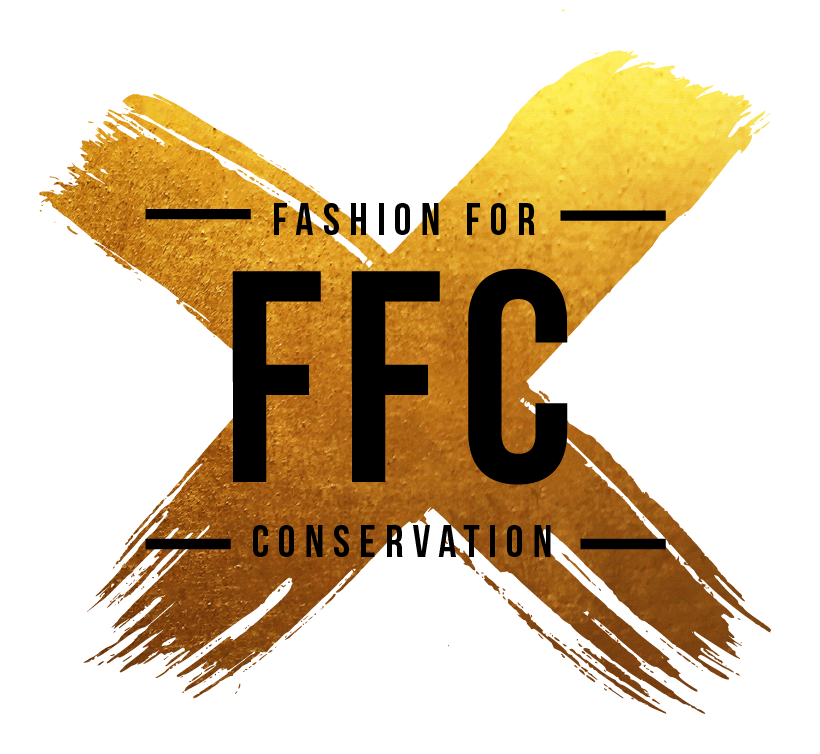Log in your account

Eco-Conscious Halloween Chocolate
Chocolate is one of our favorite sweet treats, and the constant presence of it during Halloween time just makes it obvious! But what happens behind the scenes to produce all this chocolate? Read along as we discuss the bitter truth about most Halloween candy and discuss more eco-friendly and fair trade practices!

Large scale cacao farming is an industry that has a history of underpaid workers and deforestation issues. There are now many certifications and pledges chocolate companies can make to help make sure their practices don’t contribute to the large scales issues of the industry. When purchasing chocolate look for Fairtrade, Rainforest Alliance, or UTZ certifications. The Fairtrade certification emphasizes upholding fair labor standards and wages while the Rainforest Alliance or UTZ certification focuses on more environmental protection legislation. Most classic chocolate brands you think of for Halloween candy like Hersey’s, Reeses, M&Ms, etc, don’t have these certifications. So what are good alternatives? One brand I want to highlight is Equal Exchange Chocolate. They are an organic and fair trade chocolate brand that sells mini yet affordable chocolates- perfect for handing out on Halloween!
The issue of cacao sustainability is a topic that is also closely connected to us at Fashion For Conservation because our partner company in Peru- Hoja Nueva– actively works on this issue. The company was started by our co-founder Samantha Zwicker. They own two 90 hectares farms to provide a model for other cacao farms in the area to actively practice sustainable agroforestry. Hoja Nueva also works to create a direct relationship between the farmer, buyer, and consumer to ensure a fair marketplace relationship!

When buying candy and chocolate this Halloween season, think about branching out from the typical “big name” chocolate brands to support more ethical, eco-friendly options.
Happy Halloween!
Related Articles
The Environmental Impact of Air Conditioners
International Nelson Mandela Day
National Tattoo Day
Latest News
-
 The Environmental Impact of Air Conditioners
August 13, 2021
The Environmental Impact of Air Conditioners
August 13, 2021
-
 Eco-Friendly Summer Activities
August 6, 2021
Eco-Friendly Summer Activities
August 6, 2021
-
 World Ranger Day
July 30, 2021
World Ranger Day
July 30, 2021
-
 International Nelson Mandela Day
July 19, 2021
International Nelson Mandela Day
July 19, 2021
